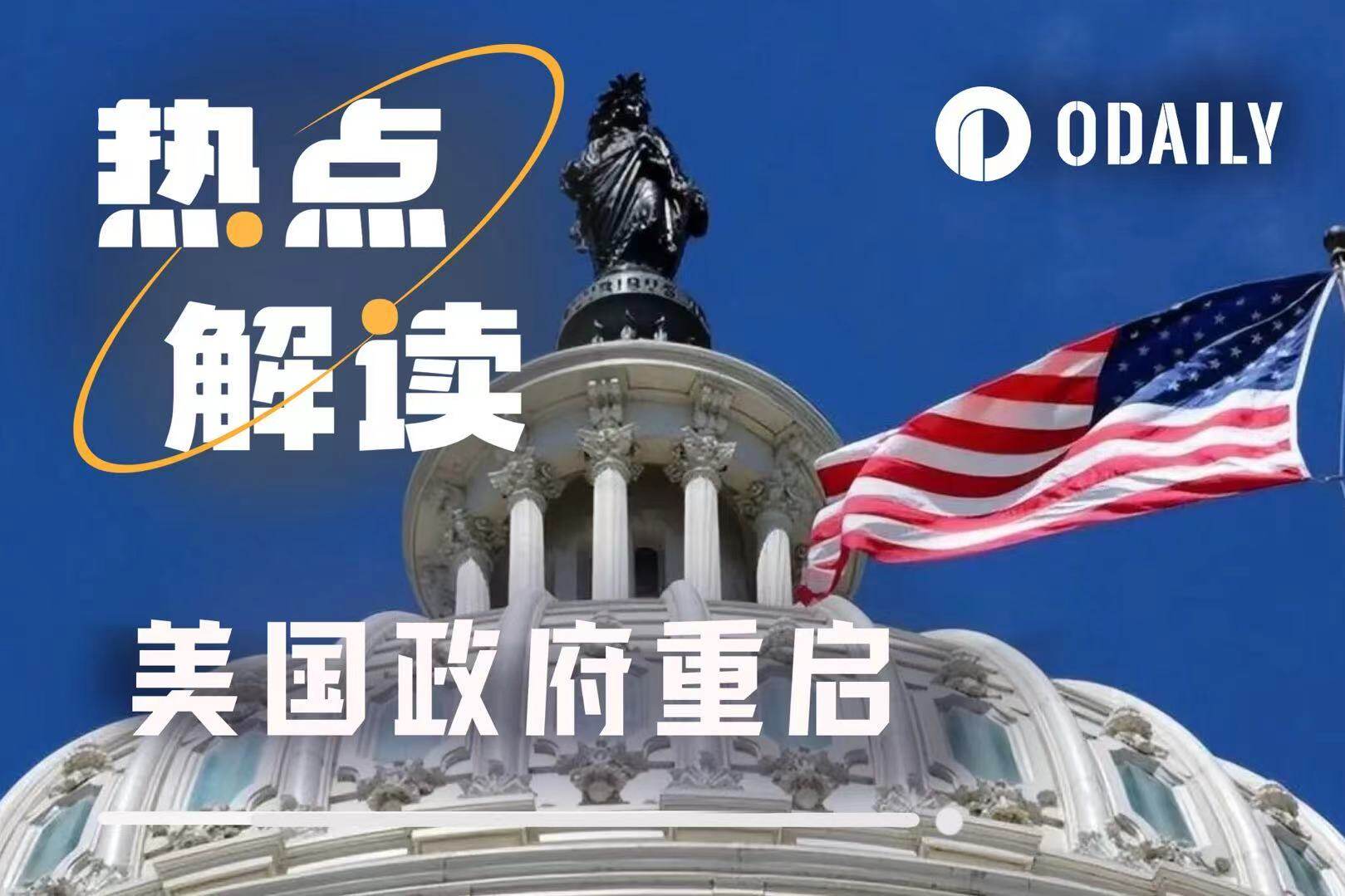Matrixport Market Watch: Crypto Asset Trends Amid Macroeconomic Pressures and Market Divergence
In mid-October, the U.S. Department of Justice seized approximately 127,000 bitcoins (about $15 billion) from Chin Chee, founder of Cambodia's Prince Group, marking the largest seizure in history. The Federal Reserve has recently adopted a hawkish stance, with a December rate cut expectation of less than 50%, inflation remaining around 3%, and employment showing resilience. High interest rates, a strong dollar, and policy uncertainty continue to suppress risk assets, including the cryptocurrency market. Meanwhile, industry developments are also impacting market sentiment: the share prices of large cryptocurrency-holding companies have fallen, and the market capitalization of some companies is now lower than their net bitcoin holdings, reflecting a reassessment of valuations.
Crypto asset market correction
The crypto market has seen a significant correction over the past month. Bitcoin fell to around $89,000, while Ethereum dipped to $2,945, a six-month low. The decline was primarily driven by negative macroeconomic factors and regulatory events, leading to profit-taking by long positions. Technical indicators show that Bitcoin's RSI has fallen below 30, placing it in short-term oversold territory, with the price approaching its six-month moving average support. Bearish momentum has not yet intensified. Analysts suggest that barring new negative news, major cryptocurrencies are likely to find support at current levels and gradually recover.
On-chain data and fund flows
On-chain data shows a recent net outflow of funds from stablecoins, reflecting rising risk aversion, but exchanges also saw bargain hunting, suggesting that buying power is accumulating. Bitcoin holdings show a pattern of "large holders reducing their holdings while retail investors take over," further dispersing the token supply. The number of active addresses and on-chain transaction volume remain generally stable, indicating cooling retail speculative enthusiasm. The total value locked (TVL) in DeFi has decreased by about 10%-15% from its peak last month, showing pressure from fund withdrawals. Ethereum's staking ratio has risen to about 30%, a record high, indicating strong long-term holding intentions and no large-scale redemptions, showing that investors have solid confidence in the ecosystem and yield mechanism.
Derivatives and Options Market Dynamics
As spot prices fell, volatility in the Bitcoin options market rose rapidly, with DVOL surging above 50 at one point. A skewness of 25 indicates strong short-term bearish sentiment, with put options accounting for nearly 40% of trading volume. Open interest is concentrated around $95,000 in contracts with strike prices, potentially amplifying short-term volatility. The overall implied volatility curve shows higher near-month contracts and lower far-month contracts, indicating investor caution regarding recent risk events, but with medium- to long-term expectations remaining stable.
Performance of major cryptocurrencies and sectors
Amid market adjustments, performance varied across sectors and mainstream cryptocurrencies. The RWA (Real Asset Tokenization) sector, characterized by intrinsic returns and hedging properties, showed relative resilience. Products such as USD Treasury bond tokens and on-chain Treasury bond funds attracted safe-haven funds due to their linkage to real-world returns and low volatility. High-beta sectors, such as Layer 2 ecosystems and public chain tokens, were significantly impacted, but activity remained high. Solana (SOL) performed exceptionally well, with a smaller price correction than the broader market, increased trading volume, and net inflows into some funds, reflecting institutional and investor recognition of its network improvements and high-performance public chain value.
Matrixport Structured Product Strategy Recommendations
In a highly volatile and directionless market environment, investors are advised to flexibly utilize structured products to balance risk and return.
- Accumulator phased purchase product: Suitable for investors who judge that the market is fluctuating and bottoming out and want to gradually increase their positions.
- Forward/Reverse Range Return Coupon Products (FCN): Suitable for obtaining stable coupon income when the market is in a range-bound state and volatility is decreasing.
- Decumulator: Sell products in batches. Suitable for investors who are worried about the market outlook and want to gradually reduce their holdings when prices rise.
- Daily dual-currency investment products: short term (1 day to 1 week), which can lock in short-term gains and seek additional returns.
Faced with macroeconomic uncertainties, high volatility, and sector divergence, investors should maintain patience and discipline. On the one hand, they should pay attention to policy and market risk events, and control their positions and leverage; on the other hand, they can optimize their entry and exit strategies by utilizing diverse structured products based on their own risk appetite. With professional allocation and risk management support, investors can proactively seize opportunities in a volatile market and lay the foundation for positioning themselves for the next stage of the market.
The above viewpoints are from Matrix on Target. Contact us to obtain the full Matrix on Target report.
Disclaimer: Investing in the market involves risks; please exercise caution. This article does not constitute investment advice. Digital asset trading can be extremely risky and volatile. Investment decisions should be made after careful consideration of your individual circumstances and consultation with a financial professional. Matrixport is not responsible for any investment decisions made based on the information provided in this content.
- 核心观点:宏观压力与监管事件致加密市场回调。
- 关键要素:
- 美司法部没收12.7万枚比特币。
- 比特币跌破8.9万,以太坊创半年新低。
- 期权市场看跌情绪浓厚,波动率飙升。
- 市场影响:风险偏好下降,资金流向避险资产。
- 时效性标注:短期影响



